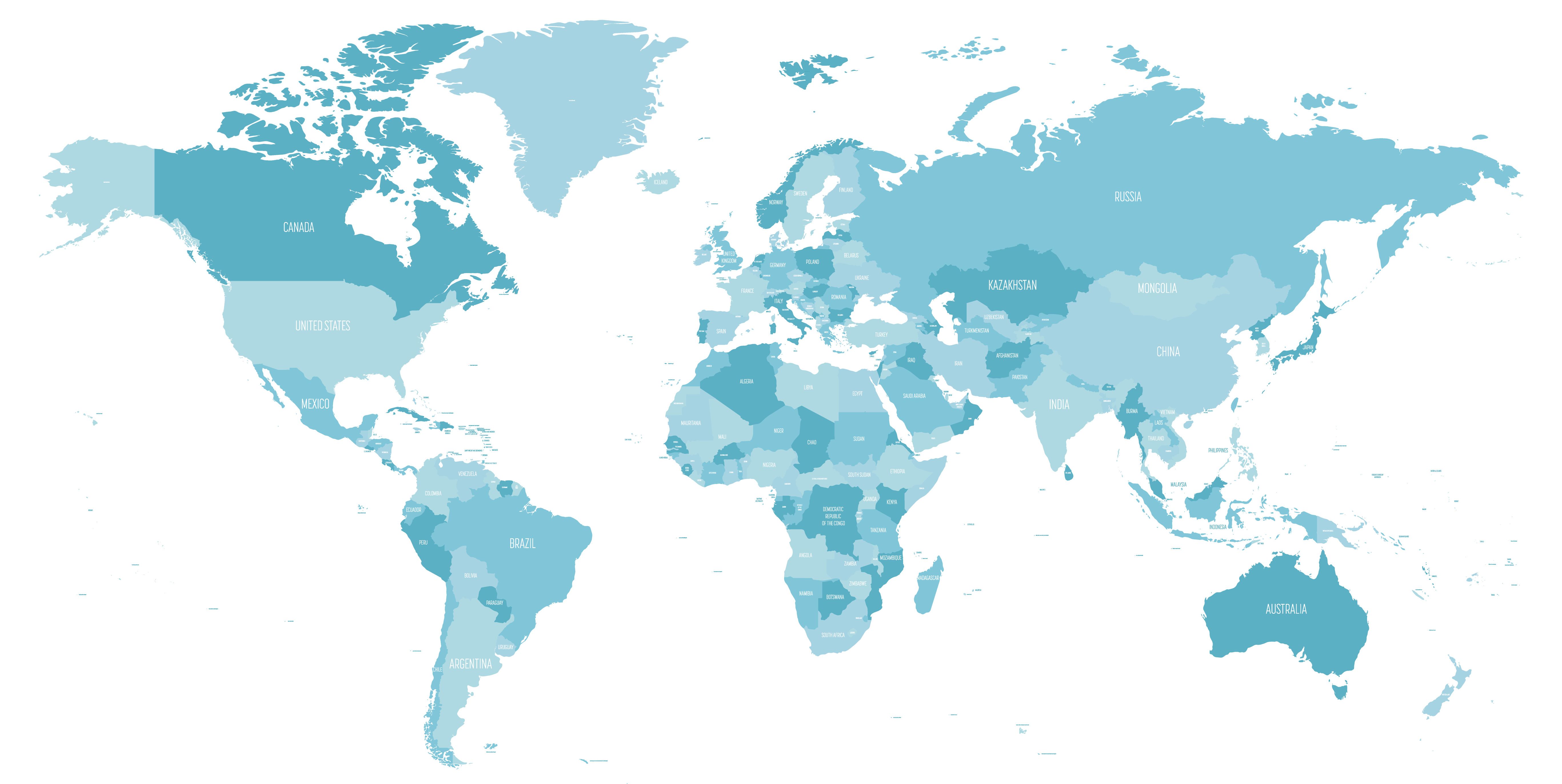- Center on Health Equity & Access
- Clinical
- Health Care Cost
- Health Care Delivery
- Insurance
- Policy
- Technology
- Value-Based Care
Global CKD Burden Nearly Doubles Since 1990, Reaching 788 Million Adults Worldwide
Chronic kidney disease now affects more than 788 million adults globally, with rising prevalence, increasing mortality, and substantial contributions to cardiovascular deaths
Chronic kidney disease (CKD) has emerged as one of the fastest-growing noncommunicable diseases worldwide, according to new estimates from the Global Burden of Disease Study 2023.1
The analysis, published in The Lancet, reports that 788 million adults aged 20 and older were living with CKD in 2023, more than double the 378 million recorded in 1990. While population aging explains part of the increase, researchers highlight that CKD prevalence has also risen on an age-standardized basis, signaling a true expansion of disease burden.
Looking ahead, the study called for coordinated international action to address the rising burden of CKD. | Image credit: pyty - stock.adobe.com

The study, conducted across 204 countries and territories, provides the most comprehensive global assessment of CKD morbidity, mortality, and risk-factor contributions to date. Using published literature, vital registration systems, kidney failure registries, and household surveys, the researchers generated updated estimates for prevalence, incidence, deaths, disability-adjusted life-years (DALYs), and the proportion of cardiovascular mortality attributable to impaired kidney function.
In 2023, the global age-standardized CKD prevalence reached 14.2%, up 3.5% from 1990. Most individuals had mild to moderate disease, with stages 1-3 accounting for a prevalence of 13.9%. Regionally, North Africa and the Middle East recorded the highest burden, with 18% of adults living with CKD. These disparities appear to reflect the parallel rise in metabolic, lifestyle, and environmental risk factors that disproportionately affect some regions, noted the researchers.
The consequences of rising CKD extend far beyond the kidneys. The study identifies CKD as the ninth leading cause of death worldwide, responsible for 1.48 million deaths in 2023, a substantial increase from previous decades. As a contributor to overall disease burden, CKD ranked twelfth globally in DALYs, with age-standardized rates of 769 per 100,000 adults.
One striking finding was the growing recognition of CKD as a major cardiovascular risk amplifier, which has been documented previously.2 Impaired kidney function accounted for 11.5% of global cardiovascular deaths, reflecting the tight biological and clinical link between the 2 conditions. As cardiovascular disease remains the world’s leading cause of death, improved CKD recognition and treatment could significantly reduce global cardiac mortality.
The study also identified several modifiable risk factors that substantially drive CKD burden.1 High fasting plasma glucose, elevated body-mass index, and high systolic blood pressure emerged as the leading contributors to CKD DALYs worldwide. These findings, wrote the researchers, reinforce the central role of metabolic disease, including type 2 diabetes, hypertension, and obesity, in CKD development and progression.
Despite major therapeutic advances, including renin–angiotensin–aldosterone system inhibitors, mineralocorticoid receptor antagonists, SGLT2 inhibitors, and GLP-1 receptor agonists, the report underscored persistent gaps in screening and early detection. Many patients with CKD remain undiagnosed until advanced stages, when symptoms emerge and irreversible kidney damage has occurred. The authors highlighted the need for improved testing strategies, particularly for albuminuria and estimated glomerular filtration rate, which remain underutilized in many health systems.
The analysis also pointed to significant global inequities in kidney care. Access to kidney replacement therapy, including dialysis and transplantation, varied widely between countries, and many individuals with kidney failure remained untreated. These disparities, wrote the researchers, compound the long-term health and economic effects of CKD, especially in low- and middle-income regions where rising metabolic disease is driving rapid growth in CKD prevalence.
Looking ahead, the study called for coordinated international action to address the rising burden of CKD. The researchers emphasized that public health strategies must focus on prevention, early diagnosis, risk-factor modification, and equitable access to effective therapies. Given the strong linkage between CKD and cardiovascular mortality, integrated care models may offer substantial benefit.
References
- GBD 2023 Chronic Kidney Disease Collaborators. Global, regional, and national burden of chronic kidney disease in adults, 1990–2023, and its attributable risk factors: a systematic analysis for the Global Burden of Disease Study 2023. Lancet. Published online November 7, 2025. doi:10.1016/S0140-6736(25)01853-7
- Li Y, Jiang R, Ouyang C, et al. Chronic kidney disease is associated with increased risk of sudden cardiac death. Nature Comm. Published online October 16, 2025. doi:10.1038/s41467-025-64254-9
